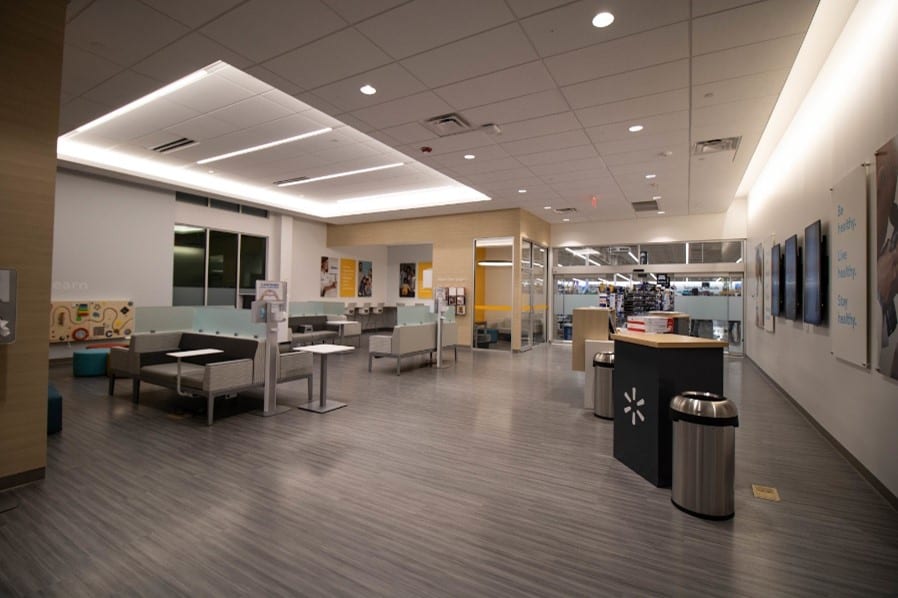Pandemic Converts Telemedicine Skeptics Into Users

Digital-medicine company Teladoc Health recently turned to a trio of descriptives to characterize the current state of its business, which saw a third quarter bursting with triple-digit percentage gains in multiple areas. The company said it’s “exceeding expectations,” “building on momentum” and delivering “consistent growth” — all at once.
If that wasn’t enough, just two days later, the completion of Teladoc’s $18.5 billion merger with Livongo hammered home the prospects for virtual healthcare.
Had there been any doubts whether remote, video-linked appointments with doctors are ready to go mainstream, the global pandemic and Teladoc’s earnings have all but erased them — ensuring that telemedicine is here to stay.
“Both Teladoc Health and Livongo were founded with the same mission: to create a new kind of healthcare experience, one that empowers people everywhere to live their healthiest life,” Teladoc CEO Jason Gorevic said in a statement announcing the merger’s closure. “Today’s [merger] news dramatically accelerates our ability to make this a reality for the tens of millions of consumers and healthcare professionals we serve around the world.”
Telemed’s Global Embrace
While Teladoc enjoys the clout and opportunities that come with being a dominant $25 billion company with clients in 130 countries, start-ups half a world away are also busy trying to perfect the telemedicine space and tap its potential.
For example, Indonesia’s Halodoc is developing a feature on its telemed platform that uses artificial intelligence (AI) to give doctors feedback on how well and quickly they perform services. The system also offers doctors advice from mentors on how to improve their patient consultations.
Halodoc’s product is being developed with machine-learning experts from Google’s Late-Stage Accelerator. It is already being used by about 5 percent of households in a country that’s home to 260 million people.
COVID As A Driver For Change
But the industry is still in its early stages. Despite rapid growth rates and an increasingly large global business footprint, studies show that nearly 80 percent of U.S. patients have still never done a virtual visit with a doctor.
Even so, the ongoing COVID-19 pandemic has seen increased telemedicine-adoption rates in the U.S. and abroad as a means of effectively delivering and managing healthcare services.
To that point, a study this summer by NYU Lagone found that virtual visits jumped 4,345 percent for non-urgent care and 683 percent for urgent care between March 2 and April 14 this year.
Cost-Saving Is Promoting Adoption As Well
Spiraling costs are also driving the digital-medicine space forward.
David Goldhill, the CEO of healthcare marketplace operator Sesame, recently told Karen Webster that of all of medicine’s systemic flaws that the pandemic has exposed, none are more apparent than the shortcomings of the current business model. He said today’s system dominated by big providers, third-party payers and invisible blank-check-style pricing isn’t working.
“If we want to drive positive things in terms of value and customer service and lower transaction costs, we’re going to have to rethink how we finance healthcare,” Goldhill said, calling the cost of healthcare “ruinously expensive” and “totally unpredictable.”
He also said one interesting side effect of the coronavirus era is how much attention people are suddenly paying to public-health measures, as well as to questions of access and equity.

Walmart Has Joined The Fray
It might not offer the comforts of a video conference with your doctor from your home, but retail giant Walmart is also looking to get in on the medical makeover currently underway.
Last year, the company launched its first in-store health center in Georgia to “provide key services such as primary care, labs, X-ray and EKG, counseling, dental, optical, hearing and community health education,” according to a company statement.
